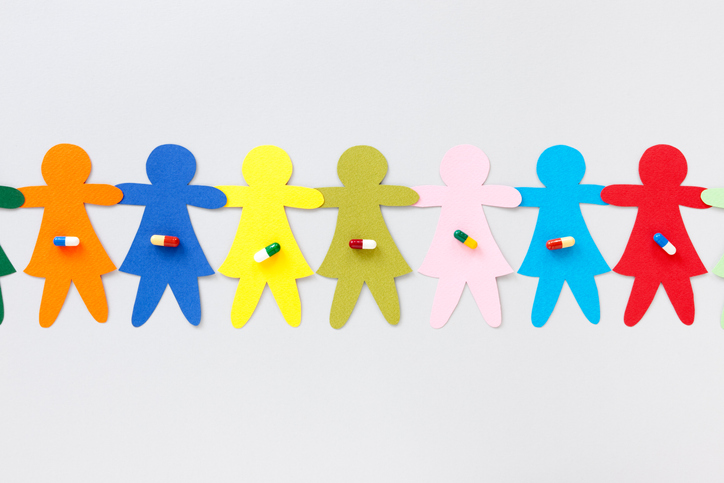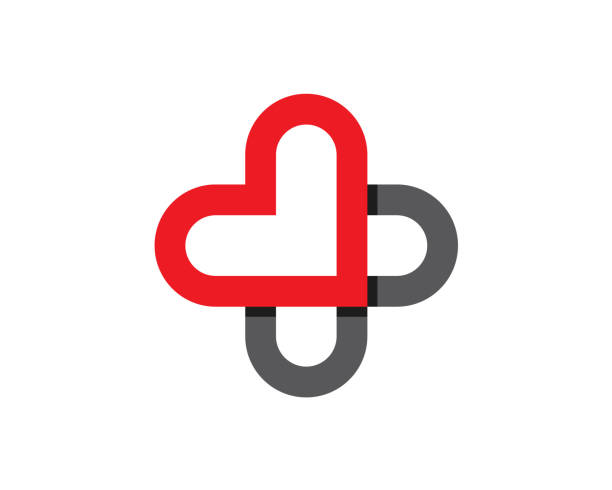
When the Trump administration announced earlier this year that it would not finalize a provision proposed by the Biden administration to expand Medicare and Medicaid coverage of GLP-1s, many advocates responded with deep disappointment.
But this month, the Trump administration unveiled its own efforts to expand access to the popular weight loss drugs, announcing an agreement with GLP-1 manufacturers Eli Lilly and Novo Nordisk. The agreement will allow patients to access GLP-1s for significantly cheaper prices through TrumpRx, a government-run direct-to-consumer drug platform. It also reduces prices under Medicare and Medicaid, and enables Medicare to cover GLP-1s for obesity for the first time.
Aside from striking a deal with the Trump administration, Eli Lilly is also charting a new course to expand access to GLP-1s. The company announced plans on Friday to build an employer-focused model for obesity management medications, which will include flexible benefit design options for obesity management care, a dedicated pharmacy network and obesity management programs through third parties. This will become available in 2026.
While many are applauding the Trump administration for taking this step to expand access to GLP-1s, some believe that specifically targeting weight loss drugs actually does very little to bring down overall prescription drug costs.
“I think that focusing on market solutions on GLP-1s alone misses the mark, because it’s a market problem,” said Chris Deacon, principal and founder of VerSan Consulting. “[Whether it’s] GLP-1s or other medications, we have a problem of a complete lack of transparency for the purchaser.”
Another expert echoed these comments, stating that while this is a positive move, there needs to be a broader effort in order to effectively bring down drug costs entirely.
“This is a step in the right direction,” said Edgar Asebey, an FDA regulatory attorney at Frier Levitt. “A policy initiative that is more of a blanket policy with branded drugs would be much better for the American patients.”
What is the Trump administration’s deal?
According to a fact sheet, the Trump administration’s deal with Novo Nordisk and Eli Lilly has several elements, including:
- Allowing consumers to access Ozempic and Wegovy for $350 when purchased through TrumpRx, compared to the list price of over $1,000
- Allowing consumers to access Zepbound and Orforglipron (if approved) for $346 through TrumpRx, compared to the list price of over $1,000
- If the FDA approves the Wegovy pill, the initial dose will be available at $150 per month through TrumpRx
- Medicare prices for Ozempic, Wegovy, Mounjaro and Zepbound will be $245, and Medicare will be allowed to cover Wegovy and Zepbound for obesity for the first time. Medicare beneficiaries will pay a co-pay of $50 per month
- State Medicaid programs will also have access to these prices for GLP-1s. States can currently decide whether to cover obesity drugs under Medicaid, and 13 states do so, according to KFF
- Costs for other Eli Lilly and Novo Nordisk drugs will also be reduced when purchased through TrumpRx, including migraine treatment Emgality, diabetes medication Trulicity and insulin products NovoLog and Tresiba
What do the experts think?
Although the Trump administration’s deal lowers the prices of GLP-1s in the U.S., these prices are still significantly higher than in other countries, noted Deacon of VerSan Consulting. For example, the price of Ozempic is $96 in Sweden, $93 in the U.K., $87 in Australia and $83 in France, according to KFF.
She added that in order to make an actual difference on prescription drug costs, the focus shouldn’t solely be on GLP-1s.
“I think staying focused on GLP-1s is a very smart, tactical move by the industry, because it’s what people want,” she said. “It feels like we’re buying off the American people and sort of satisfying their need for reform in the pharmaceutical space by focusing on GLP-1s because that’s what everybody’s talking about, and that’s what so many people want. … Meanwhile, it’s the entire sort of chain across pharmaceutical purchasing that really needs reform.”
Asebey of Frier Levitt agreed with this, stating that a major reason other countries have significantly lower prices for GLP-1s is because of a single payer system. And while he believes this is a great first step, there are many other high cost drugs that need to be lowered, like cancer drugs.
“This isn’t really as advantageous as if we had a single payer system, because we don’t know … whether this is going to affect health plans under employers,” he said. “Yes, private benefit managers are negotiating these things, but that’s separate from what the White House is doing right now. That’s still a question mark. These aren’t the only drugs. These are the most popular ones, but other critical drugs are still very expensive. What’s going to happen to them?”
The U.S. is far from transitioning to a single payer system. And in the absence of a single payer system, Asebey hopes that the administration continues to take similar actions to lower drug costs, even if it’s more “piecemeal.”
He also made this recommendation:
“I think it would be great if the Trump administration announced that there’s going to be the top 40 branded drugs that come out every year and to be added to a formulary that they will negotiate drug pricing. They’ve done it with Novo Nordisk and with Lilly. Obviously, neither one of those companies is going broke, and they can afford to continue accessing the U.S. market at very profitable price points. But I think President Trump should use that bully pulpit for the good of a greater number of Americans, not just the ones that want to lose weight or are diabetic.”
It’s worth noting that there have been several other attempts to rein in drug costs. For example, there are efforts to advance the 340B Drug Pricing Program, though some believe this won’t fix the program’s issues. Congress has also pursued PBM reforms, though those efforts have yet to materialize.
Some steps have been introduced to support employer-sponsored plans as well, such as Eli Lilly’s announcement on Friday to build an employer-focused model for weight management drugs. Digital health companies Waltz Health and 9amHealth also announced employer models on Friday to expand access to Eli Lilly obesity management drugs. However, these plans still target weight loss drugs specifically, versus addressing drug costs as a whole.
Meanwhile, a prescription drug advocate said that Trump’s GLP-1 deal is “life-changing” for those who are reliant on these drugs, but questioned the motives of drug companies.
“Voluntary deals are dependent on the ‘goodwill’ of companies with a long history of exploiting their power to keep prices high at the expense of patients,” said Merith Basey, executive director of Patients For Affordable Drugs. “Eli Lilly and Novo Nordisk have moved in lockstep for years to raise insulin prices, so there’s real concern that GLP-1 prices could rise again just as quickly as they’ve been lowered. Manufacturers alone set launch prices – and a clear reminder of why we urgently need reforms that rein them in.”
Like Deacon and Asebey, Basey believes that there needs to be efforts beyond GLP-1s in order to truly make a difference. She argued that Medicare negotiation is currently the most effective tool the U.S. has for lowering drug costs and that this program should be expanded.
“Lower prices for GLP-1s will help many people, and we are glad to see that progress. But fixing the prescription drug market – not just one class of medications – requires structural reforms that ensure all patients can access the prescription drugs they need at a price they can afford,” she said.
Photo: Jason Dean, Getty Images






